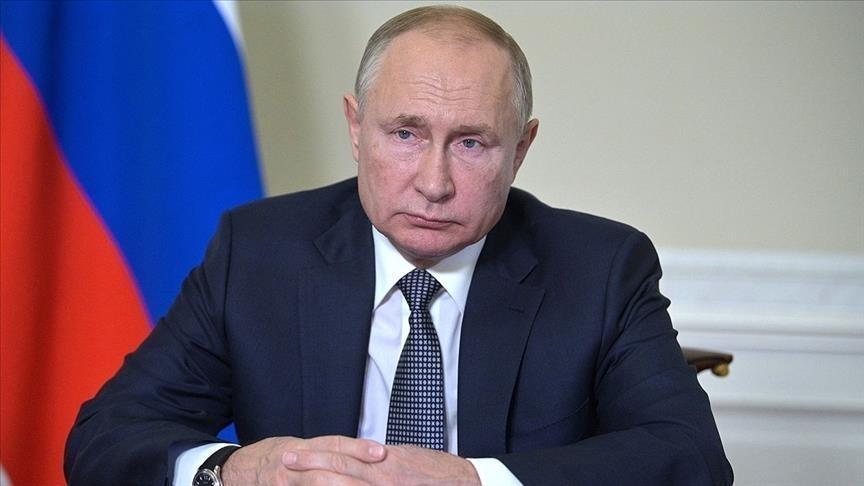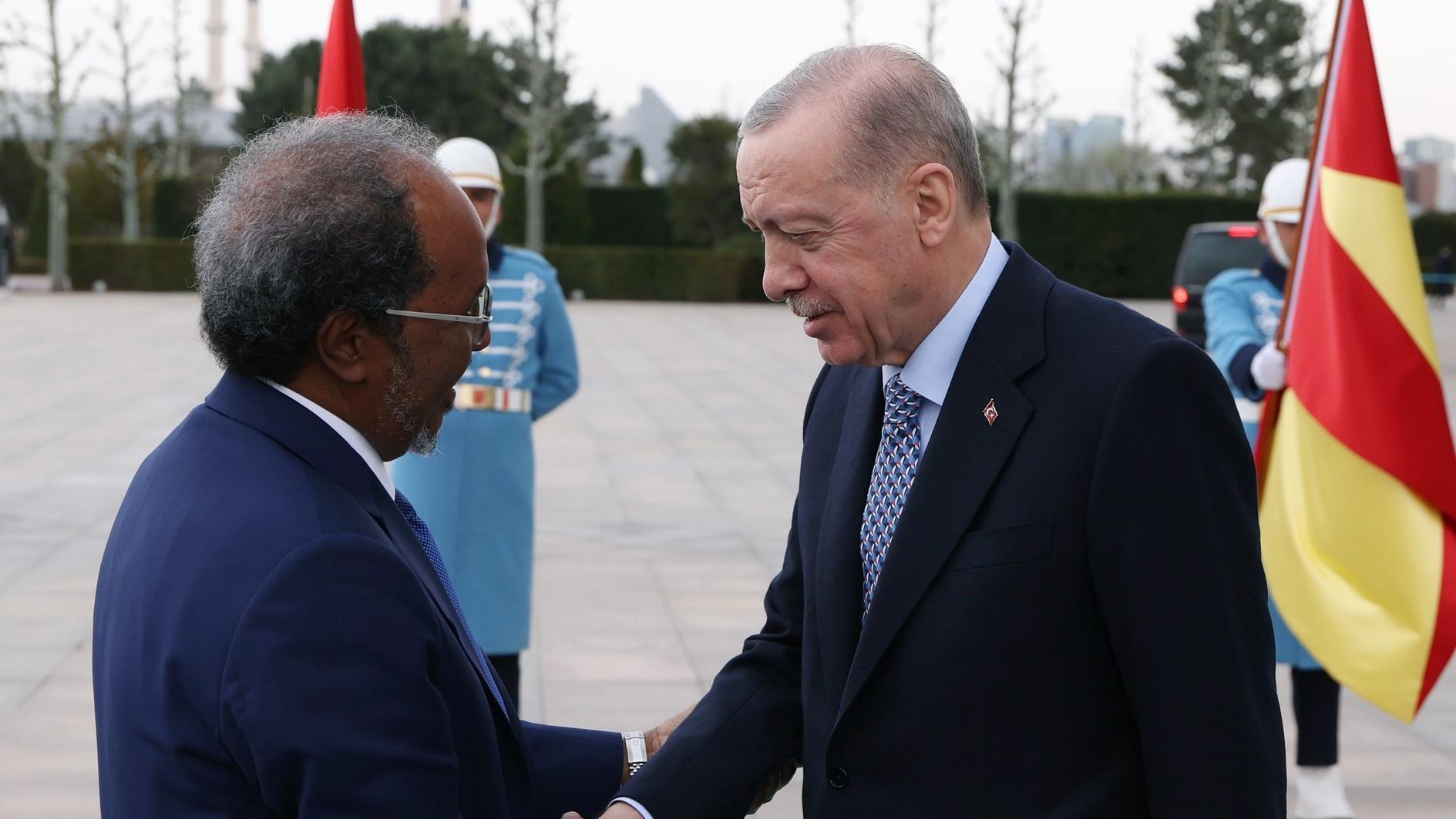Three regions and the imperative of US leadership
BARRY PAVEL*

AP photo
Within deep change often lies great challenge as well as vast opportunity.This time in history is no exception for the United States, a country emerging from a period in which it was the world’s sole superpower into a new era featuring “the rise of the rest,” including China. The emergence of an array of new powers on the global stage over recent decades is, in reality, not at all an indicator of the United States’ absolute decline, but a direct byproduct of American post-World War II vision, leadership, and strategy when America’s greatest statesmen erected the international economic and security architecture for a new era. That architecture encouraged other nations to buy into the system and its rules, and for the most part, many emerging powers did just that.
But the system is now beginning to fray, and if the United States chooses not to exercise vision, leadership, and strategy to reinforce it then we are in for turbulent times that will make all of us less secure and the global economy less prosperous. The past five years have included growing, ominous portents of significant dangers that are the result of a perception in three key regions of the world of a less active and “present” United States.
In the first region, Asia, which is enjoying a long-term, dramatic increase in economic activity, security competition is rising concomitantly. China’s military capabilities have been growing steadily for decades, and over the past five years, Chinese leaders have begun to use their now robust military assets to stake groundless claims in disputed seas in the western Pacific, causing great concern among many of its neighbors, including Japan, the Philippines, Vietnam, and Malaysia. China is testing and probing the long-standing regional security regime that has been underpinned by a US military presence, seeing if and how the former sole superpower will respond. It took the United States too long, but now that US military forces are routinely transiting international waters that China asserts are its own — including a recent speech by Defense Secretary Ashton Carter on the USS Theodore Roosevelt aircraft carrier on the high seas near the disputed areas — the security of the region where the world’s two greatest powers reside should be enhanced, at least until the next set of Chinese probes.
Unfortunately, in the second region, Europe, the trends are more worrisome. It turns out that Russia’s President-for-Life, Vladimir Putin, never bought into the post-Cold War system that his ostensible Western partners thought was an expanding zone of peace and stability since 1989. With Russia’s unilateral annexation of Crimea and paramilitary invasion of eastern Ukraine in 2014, Europe once again has become insecure, Russia once again has become isolated from Europe, and the risks of miscalculation or accidents quickly triggering a major crisis are higher than at any time since the height of the Cold War. The modest and delayed US response to the new Russian challenge has encouraged Putin, who knows that Russian power is declining and therefore that he has less and less to lose by engaging in increasingly risky behavior. Until the United States and its NATO allies reinvigorate and reorient European military posture in such a fashion that Putin is convinced of transatlantic resolve, then European insecurity will continue to grow.
Europe is also dealing with the greatest mass migration since World War II, as hundreds of thousands of people are fleeing the disintegration, carnage, and misery of much of the third region, the Middle East. The region is in flames, as a senior Mideast official recently told me, and the cauldron of the fire is centered in Syria and Iraq. The Obama administration has sought to ignore Syria since its descent into hell began in 2011, but it really should have known that this would be impossible as it watched the number of foreign fighters flowing into and back out of Syria increase dramatically; this is the growing pool of extremists that may produce the next major terrorist attacks on Europe and the United States. So, it turns out, as many predicted, that Syria is not just a humanitarian disaster that has cost a quarter million Syrian lives, but also a vital threat to the United States and its allies.
Other Middle East threats abound, particularly an Iran that shows no signs of stopping its destabilizing challenges to the sovereignty of key states, as the lifting of sanctions as part of the nuclear deal gives Iranian hardliners more resources to fund such activities. In the context of these and other threats, US regional partners such as Saudi Arabia and the United Arab Emirates see US withdrawal and disengagement from the region as nothing less than alarming. If the United States pushed back against Iran at even half the scope and pace of its efforts in Asia, it would go a long way toward reassuring its allies and curtailing further regional instability.
Turkey lies at the intersection of all three regions – Asia, Europe, and the Middle East – and as such, may have the most to gain and the most to lose depending on how the most important factor for global security over the next few years unfolds – the extent to which the United States chooses to exercise leadership during an inflection point in history.
*Barry Pavel is Vice President, Arnold Kanter Chair, and Director of the Atlantic Council’s Brent Scowcroft Center on International Security.
















